What Nature Can Teach Us about Interconnectedness
BY KELLY SANKOWSKI | May 22, 2020
[Editor’s Note: This piece was originally published as part of the Boston College School of Theology and Ministry Encounter blog series.]
This week is Laudato Si’ Week, and Pope Francis is inviting Catholics around the world to join together to pray and prepare to build a more just and sustainable world. The theme is “everything is connected,” and now more than ever, this connectedness that Pope Francis speaks of is visible.
We see how a virus that began with one person has spread globally, and how that has affected our collective health, economy, and environment. Because of how we have slowed down, we see pictures of clear water in Venice, a lack of smog near the Himalayas, and increased activity among wildlife.

Within our immediate communities, we are hyper-aware of how much touching a surface could potentially affect everyone else who touches that surface on the same day. Every time we pass someone on the sidewalk, we are vigilant in a new way. We see how reliant we are on our health care workers, our grocery store workers, and our government leaders. We see how much responsibility we bear for the most vulnerable among us, and how they are often the ones who feel the effects of our actions first.
This connectedness has always existed, and still will after the virus has passed. Globalization means that the products I consume impact the conditions in which people live and work on the other side of the globe, and the food I eat was likely grown thousands of miles away. The challenge will be taking the lessons we learn in this time and using them to make those connections more just. We must remember how our actions impact each other, even after life gets busier and it is once again easy to forget our interconnectedness amid the fast-paced world. As Pope Francis writes in Laudato Si‘, “interdependence obliges us to think of one world with a common plan” (164).
Yet, we are not alone in this task. Our world is full of reminders of the beauty of interdependence, reflecting the Trinitarian nature of God. Today I want to point out just a few examples of where we can find inspiration from our common home—and those with whom we share it.
From the fruit trees
In the past few years, I have learned a strange amount about a fruit called a paw paw, which is native to the Appalachian region of the United States. Paw paw trees grow in clusters, so if you look at them above the ground, it looks like there are a lot of separate trees next to each other. They have big green leaves that can be admired at any time of the year and grow light green fruit at a very specific moment in the fall. But underneath the ground, each of these trees’ roots are intertwined in a way that can’t be separated. If you dug them up, you would see that they are really more like one tree with many different trunks coming out of it.
In order to bear fruit, these trees need to be pollinated by trees that are not a part of their cluster. They need an insect to carry the pollination from a separate cluster of trees over to them in order to begin the process of growing paw paws.
Recently, we have communally dug up the soil around us and discovered our intertwined roots. We have all had to confront how reliant we are on each other, and feel acutely how much our interactions with the people around us normally sustain us. Like the paw paw, those in our immediate communities are all intertwined together, and we also need the perspectives of those who may be more distant to help us bear fruit in our lives.
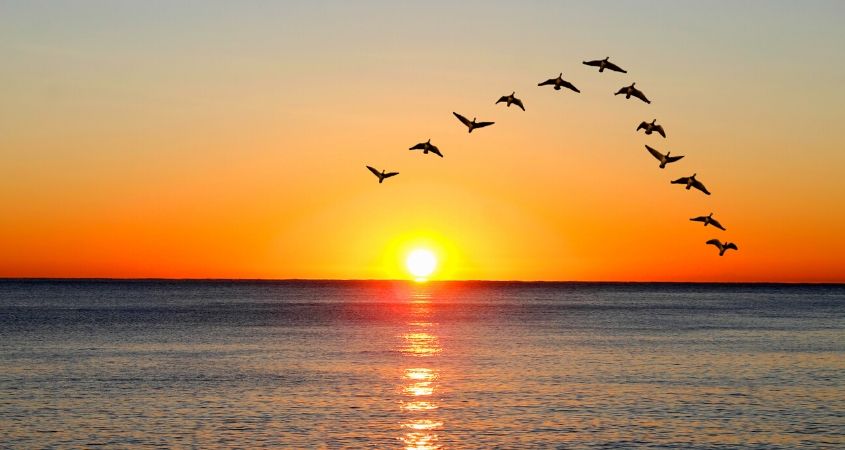
From the birds
We have all seen the V-shaped formation of geese who are migrating south for the winter. This shape is intentional because it allows them to work together to conserve energy. Each bird flies a little bit higher than the one in front of it, reducing the amount of wind resistance that they face. They take turns being the leader of the group, so that when they get tired from facing the full force of the wind, they can move back let someone else step up.
This seems like a model that we would be wise to follow. We live in a culture that often tells us that we need to do things alone, even though that requires exerting much more energy. Though we cannot fly (sadly), we could still learn from the way in which these birds stick together and take turns facing what is difficult. In moments when the resistance wears us down, it is okay to step aside and let someone else help us out. And in the times when we are in the back of the formation, we need to be prepared to step up if someone else needs relief.
From the ants
Ants are easy to squash. Often, we only think of them as nuisances. But they are all essential members of a family.
Ants organize themselves into colonies in which each member has an essential role to play. While there is a “queen” ant, her main role is to lay eggs and doesn’t actually have any authority to tell anyone what to do. The ants get their direction by deciding among themselves who should do what based on their own preferences and skills. Apparently, ants on their own aren’t very intelligent, but when they get together they are able to use their collective intelligence to make decisions and carry out pretty large-scale projects.
As the ants have known for a long time, we are seeing today how each person in our society has an important role to play. Healthcare workers keep us alive, farmers and grocery store workers keep us fed, and teachers and parents prepare the next generation. In the time of social distancing, each of us has to take responsibility for how our individual actions impact our large colony.
So, in the spirit of caring for our common home, let’s remember how each aspect of God’s creation can reveal to us something about God’s goodness and wisdom. St. Francis of Assisi, pray for us.
Kelly Sankowski is a graduate student at the Boston College School of Theology and Ministry. She is originally from the Maryland suburbs of Washington, D.C., and prior to moving to Boston, she was a reporter for the Catholic Standard newspaper of the Archdiocese of Washington. You can learn more about her and her writing here.

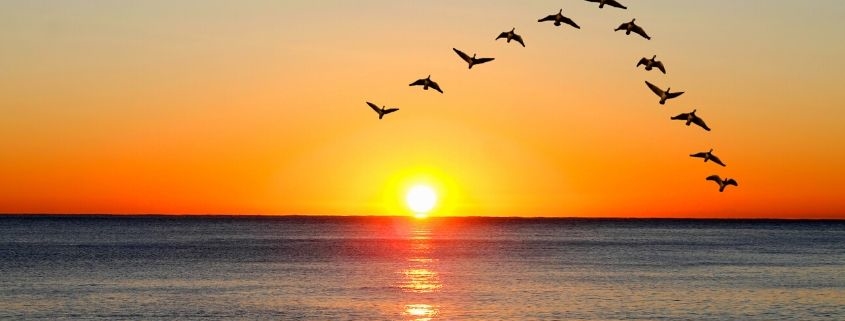
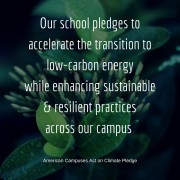
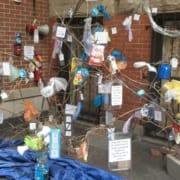

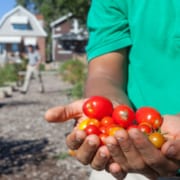
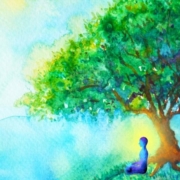
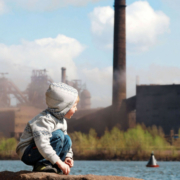

Leave a Reply
Want to join the discussion?Feel free to contribute!